how much salt to add to unsalted butter
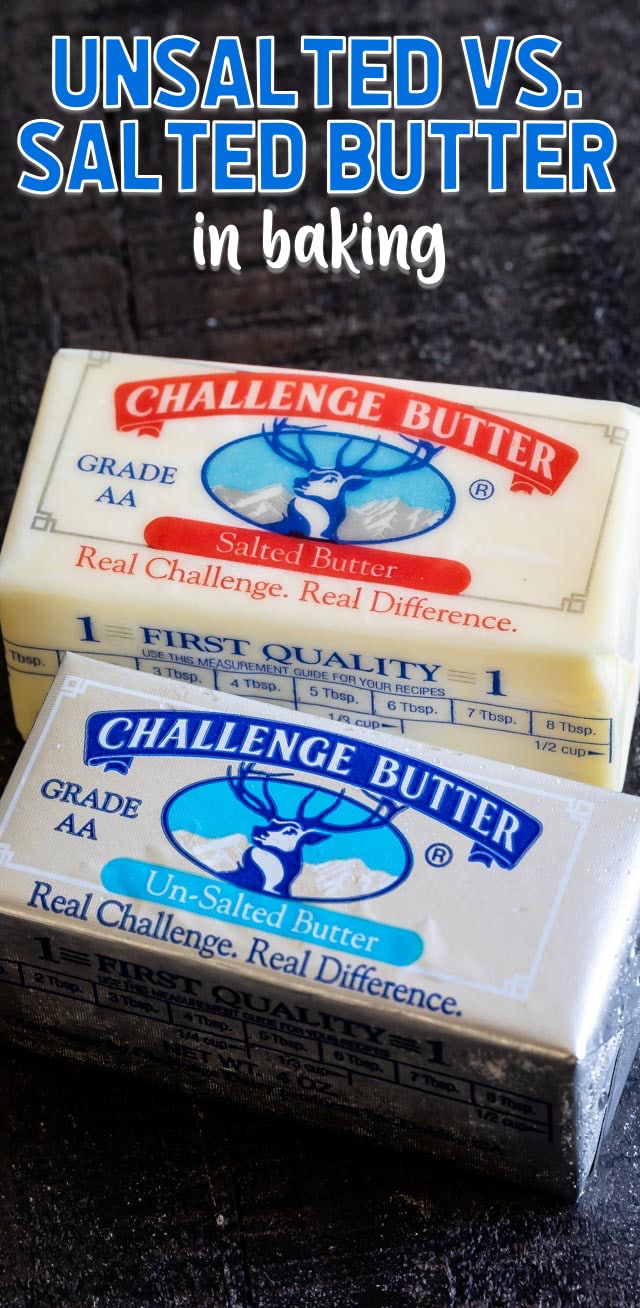
When should you use unsalted butter or salted butter? What is unsalted butter? Why is it used in baking? Today we're talking about the differences between salted and unsalted butter and when to use them!
PIN IT NOW TO SAVE FOR LATER
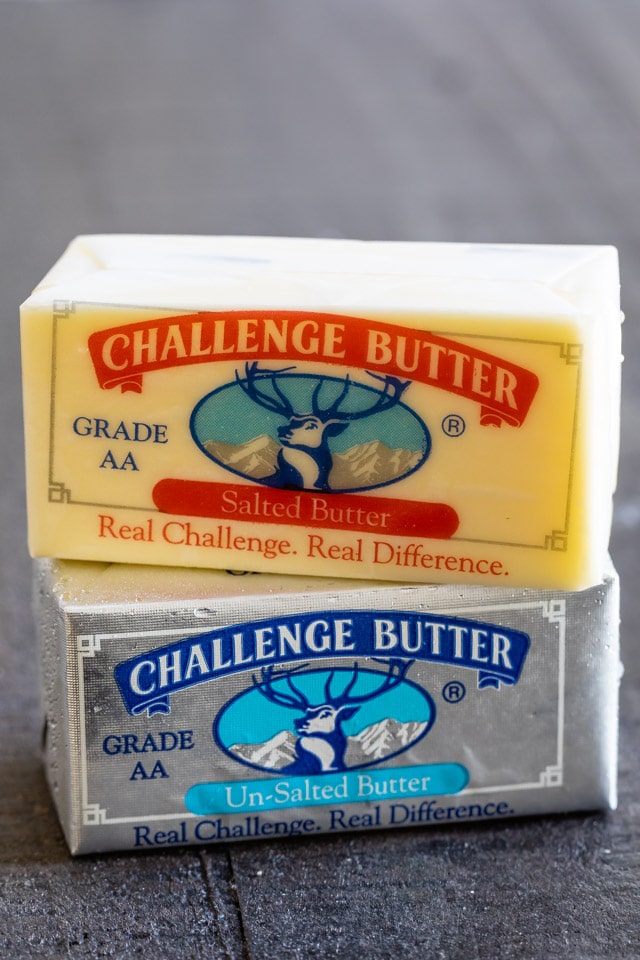
What's the difference between Salted Butter and Unsalted Butter?
There is only one difference between the two – salt. Both types of butter are made with cream except that salted butter contains salt and unsalted butter doesn't. The amount of salt in salted butter will vary by brand.
Salt adds flavor to the butter and, since salt is a preservative, salted butter will last longer in the refrigerator (about 5 months versus unsalted butter, which has a shelf life of about 3 months).
Why do we use unsalted Butter in baking?
Since unsalted butter is just churned cream with nothing else added, the flavor of the sweet cream stands out. Salted butter has a saltier taste, which can cloud the taste of your baked goods. When you want to have complete control over the flavor in your recipe, you want to use unsalted butter. When you control the salt, you control the flavor of the finished product. Controlling the flavor is key, especially in recipes where you want the sweet cream flavor of the butter to shine through (like in cupcakes or sugar cookies). Since different butter brands have different salt content, using salted butter means you have zero control over the salt in your recipe. Baking is a science, after all, and too much salt can affect your recipe just like using too much flour can.
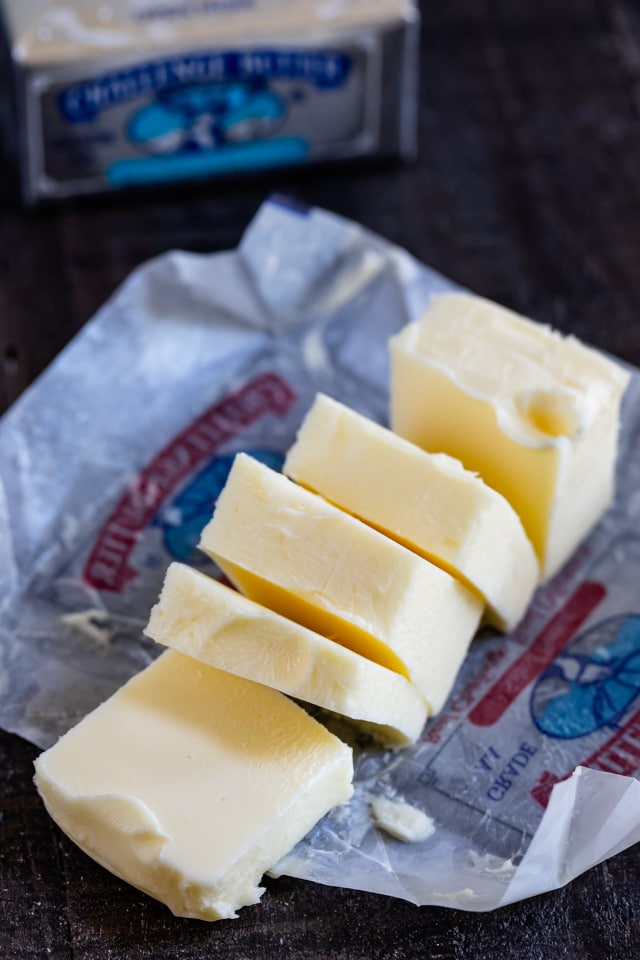
When to use salted butter
Just because you should bake with unsalted butter, it doesn't mean you never need salted. Have you ever actually tasted sweet cream butter? It's not very good because there is no real flavor (i.e. SALT). Salted butter is what you want to use when spreading butter on bread or noodles or a warm muffin. I also like to use salted butter for cooking but again, if you want to control the salt in your recipe opt for even cooking with unsalted butter.
Is it OK to use salted butter when a recipe calls for unsalted?
Let's get real: sometimes we only have one or the other kind of butter and a recipe calls for the opposite of what we have. Or, you could be like me, who grew up only using salted butter. I never used unsalted butter in anything until I'd been blogging about two years! I'm not going to be that person that tells you salted butter is off limits when baking. I'm not going to shame you for making chocolate chip cookies with salted butter. However, if you do substitute one for the other you DO need to make some edits in your recipe.
We talked about how every butter brand has a different amount of salt but the general rule of thumb is this:
½ cup salted butter = ½ cup unsalted butter + ¼ teaspoon of salt
- Basically, that means if your recipe calls for unsalted butter and you want to use salted, reduce the amount of salt by ¼ teaspoon.
- If your recipe calls for salted butter and you're using unsalted, increase the amount of salt by ¼ teaspoon.

How do I know if a recipe calls for unsalted or salted butter?
That's a hard one, really. A good recipe will say write "salted" or "unsalted" butter. I think the general rule of thumb is that just "butter" in a baking recipe specifies unsalted but really, every recipe author does something differently. To be able to tell, look at the amount of salt in the recipe. Usually in a baking recipe the most salt you'll see is 1/4-½ teaspoon per ½ cup (1 stick) unsalted butter. If there is a lot more than that, be sure to use unsalted. If there is less, use salted.
While we're on the topic of butter…
Can I use margarine instead of butter?
No. Just NO. Please. For the love of cookies do not substitute margarine (or light butter or a butter substitute) when the recipe calls for butter. In fact, if you want a baking recipe to turn out you can almost never substitute anything for the specific butter called for. You can try, but the recipe will be different and may fail.
Butter is a dairy product made from milk or cream. Margarine is an oil-based product made with oil and water and butter flavor. Light butter contains more water and sometimes oil in place of some of the fat in butter. These are not the same things and will not perform well when substituted for each other in recipes.
There are some occasions where you can substitute oil (i.e. vegetable oil) for butter, but that's mostly in quick breads or cake, and it still changes the salt and flavor of your recipe. Check out my complete substitution list here.
Did you know you can freeze butter?
Yup, it's true. I freeze butter all the time. Whenever Challenge sends me a shipment, I freeze it knowing I cannot possibly use it all before it expires. I used to buy butter in bulk at Costco and freeze it as well. I bake way more than the average person so if a normal person was to buy bulk butter at Costco it might not last until they're able to use it. Freeze it to increase the longevity of the butter! Then you'll always have affordable real butter!
Now that you know how which butter to use, be sure to learn how to soften butter or check out all of my baking tips!
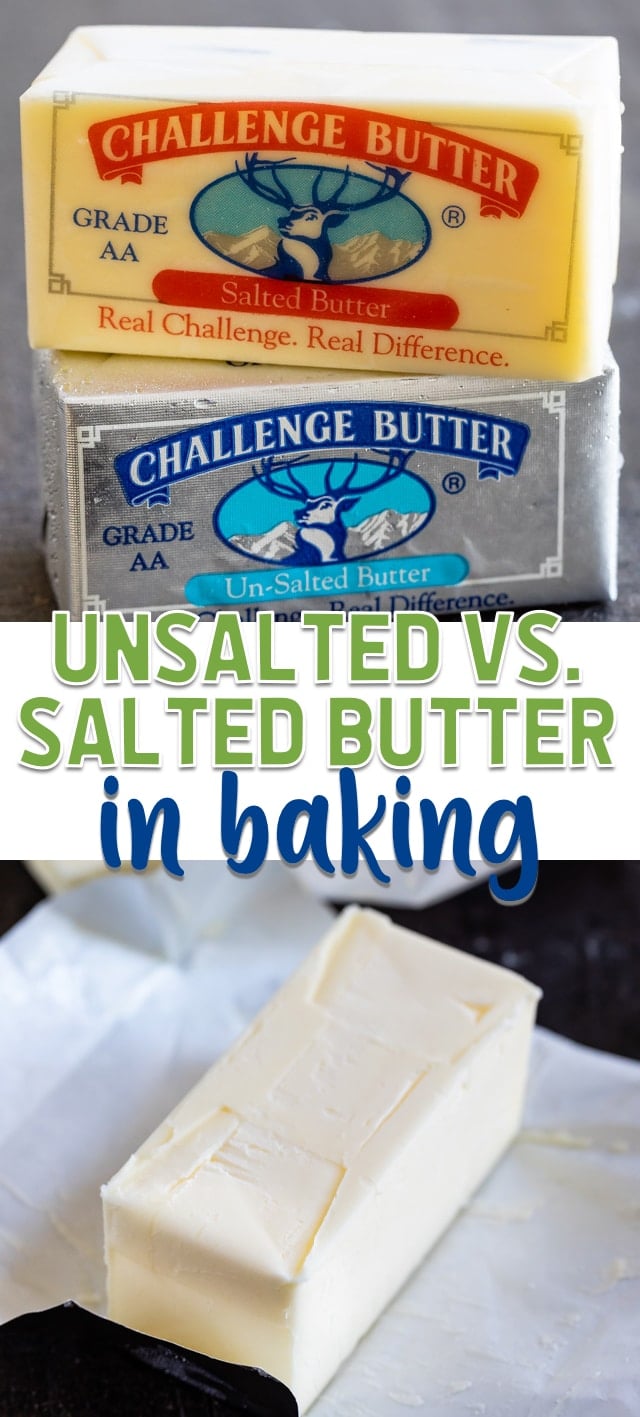
All text and images © DOROTHY KERN for Crazy for Crust. Please do not use my images without prior permission. If you want to republish this recipe, please re-write the recipe in your own words, or link back to this post for the recipe. Disclaimer: Nutrition information shown is not guaranteed to be accurate.
Join for FREE to start saving your favorite recipes
Create an account easily save your favorite content, so you never forget a recipe again.

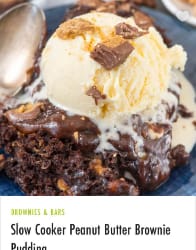
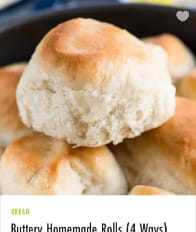
This post may contain affiliate links. For more information, read my disclosure policy.
Published on: July 15, 2019
how much salt to add to unsalted butter
Source: https://www.crazyforcrust.com/unsalted-butter-vs-salted-butter-in-baking/
Posted by: linnforsoust68.blogspot.com

0 Response to "how much salt to add to unsalted butter"
Post a Comment